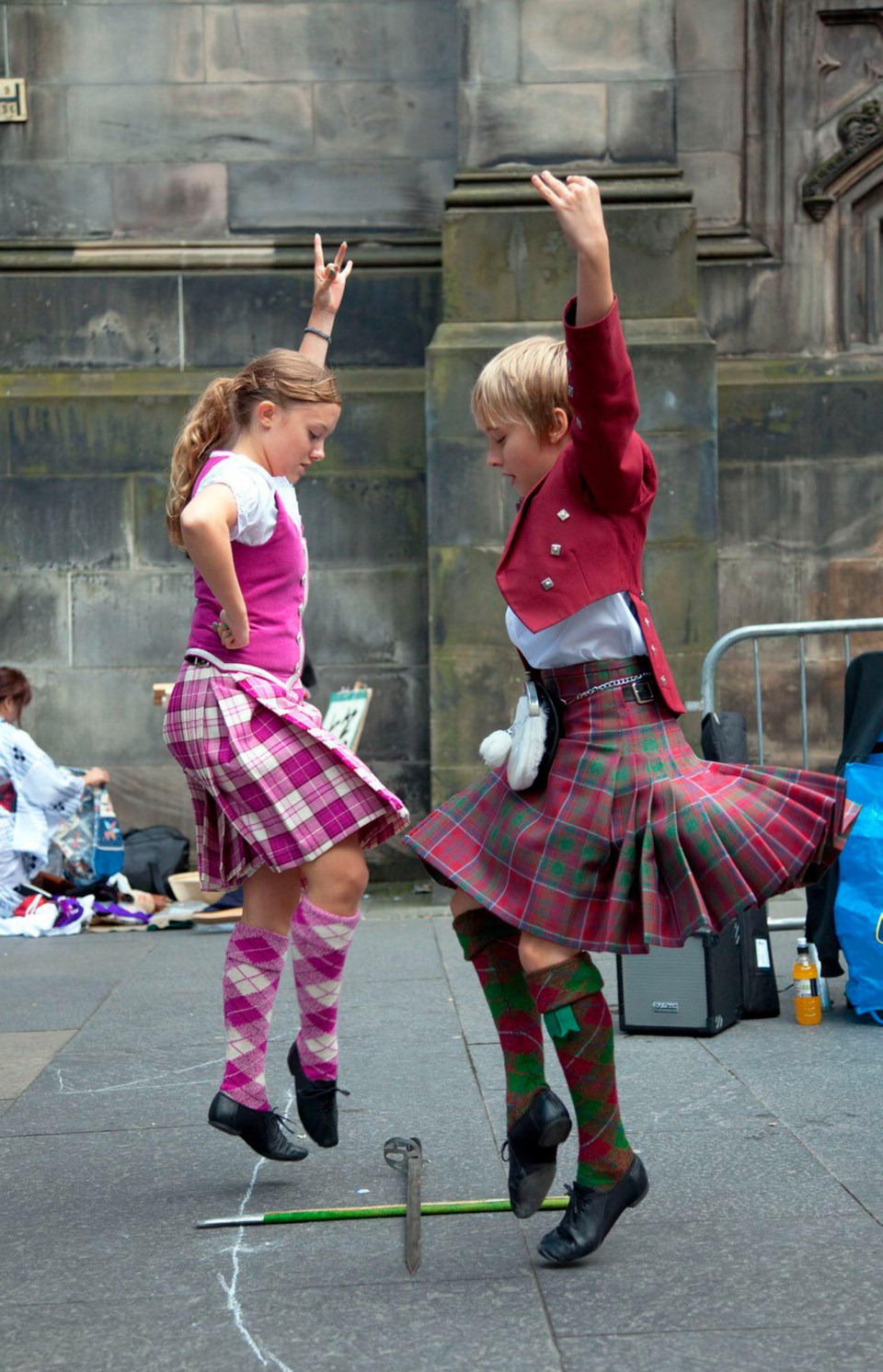I was in the Tuscan town of Orvieto, doing my best to stay in my hotel room and finish some writing. But there was a Pentecost festival going on outside — I could hear it outside my window. I couldn’t resist, so I joined the multitude that had gathered on the square in front of the cathedral — just as the citizens of Orvieto have done for generations.
The energy was building. Suddenly, a dove in a little plastic tube rocketed down a zipline and into a nest of fireworks at the front of the church, setting it all ablaze. After the fireworks blew off, a firefighter climbed up the little tower to see if the dove was OK. It was. And that was great news, as it meant good luck for the town and fertility to the last couple married in Orvieto.
Festivals in Europe range from religious events to raucous street parties to celebrations of local traditions. Lasting anywhere from one day to many weeks, they are a fun way to experience a region’s customs and culture. But be warned — the biggest ones come with intense crowds and higher prices. When planning a trip, check the country’s and/or town’s website to see if there are any major events that might be taking place during your visit. If so, book hotel rooms well in advance.
In Italy, where holidays seem to strike without warning, every town has a festival honouring its patron saint. On June 16, Pisans celebrate theirs, Saint Ranieri, by illuminating building façades and bridges along the waterfront and floating candles down the Arno river — transforming the city into a fairy-tale-like scene enlivened with music and fireworks. The evening festivities, known as the Luminara, are followed the next day by a regatta on the Arno.
Venice commemorates its patron saint, St. Mark, on April 25. On this day, Venetian men present roses to the women in their lives. But the biggest party of the year in Venice is Carnevale. Known in North America as Mardi Gras, Carnevale, which means “farewell to meat,” originated centuries ago as a wild two-month-long party leading up to the austerity of Lent. In its heyday — the 1600s and 1700s — you could do pretty much anything with anybody from any social class if you were wearing a mask. Though Venetians still sport masks and costumes, these days it’s a tamer 18-day celebration, culminating in a huge dance lit with fireworks in St. Mark’s Square.
Like Italians, Spaniards seem to look for any reason to erupt into a festival or parade. This is especially true in Andalucia, the bullfighting, flamenco-dancing southern region of Spain.
Towns in Andalucia host a number of religious processions, which involve carrying statues of saints from favourite churches through the streets on big floats. The biggest parades are during Holy Week (Semana Santa), just before Easter. In the Andalusian capital of Seville, about 60 groups parade from their neighbourhood churches to the cathedral with floats depicting some aspect of the Passion story.
When you meet Spaniards, it’s common to ask which football team they support. But in Seville, you also ask which Virgin Mary they favour. The top two in town are La Virgen de la Macarena and La Esperanza de Triana (same Mary, different churches). On Thursday during Holy Week, it’s a battle royale of the Madonnas, as Seville’s two favourite virgins are paraded through the streets simultaneously.
Even if all you care about at Easter is chocolate, it’s inspiring to witness the intense devotion of the Andalusian people during Holy Week.
Patriotic fervour can be as intense as religious devotion, as evidenced by the various Highland Games that take place throughout Scotland each summer. While many people travel here for the biggies, such as the Cowal Highland Gathering in August and the Braemar Gathering in September (attended by the Royal Family), I’ve twice come upon small-town games, which are very charming.
On my last trip, I stumbled into the village of Kenmore, two hours north of Edinburgh, on the one day a year that it hosts its Highland Games. The open field (a short walk from my hotel) was filled with families having a delightful day out watching tug-of-wars, gunnysack races, bands of marching pipers and Highland dancing. While the children impatiently and anxiously awaited the chance to dance to the tune of the bagpiper, the big boys took turns tossing things. Stones, hammers and the caber (a log the size of a small telephone pole) were sent end-over-end to the delight of those gathered. It was a wonderfully Scottish scene.
When I travel, I can’t help but bump into festivals. I rarely plan for them — but they seem to come to me. And when they do, I find that it’s worth tossing out the itinerary and joining in the fun.
Ěý
Rick Steves writes European travel guidebooks and hosts a travel show on KCTS Seattle. He can be found at ricksteves.com. You can email him at [email protected] and follow his blog on Facebook.



